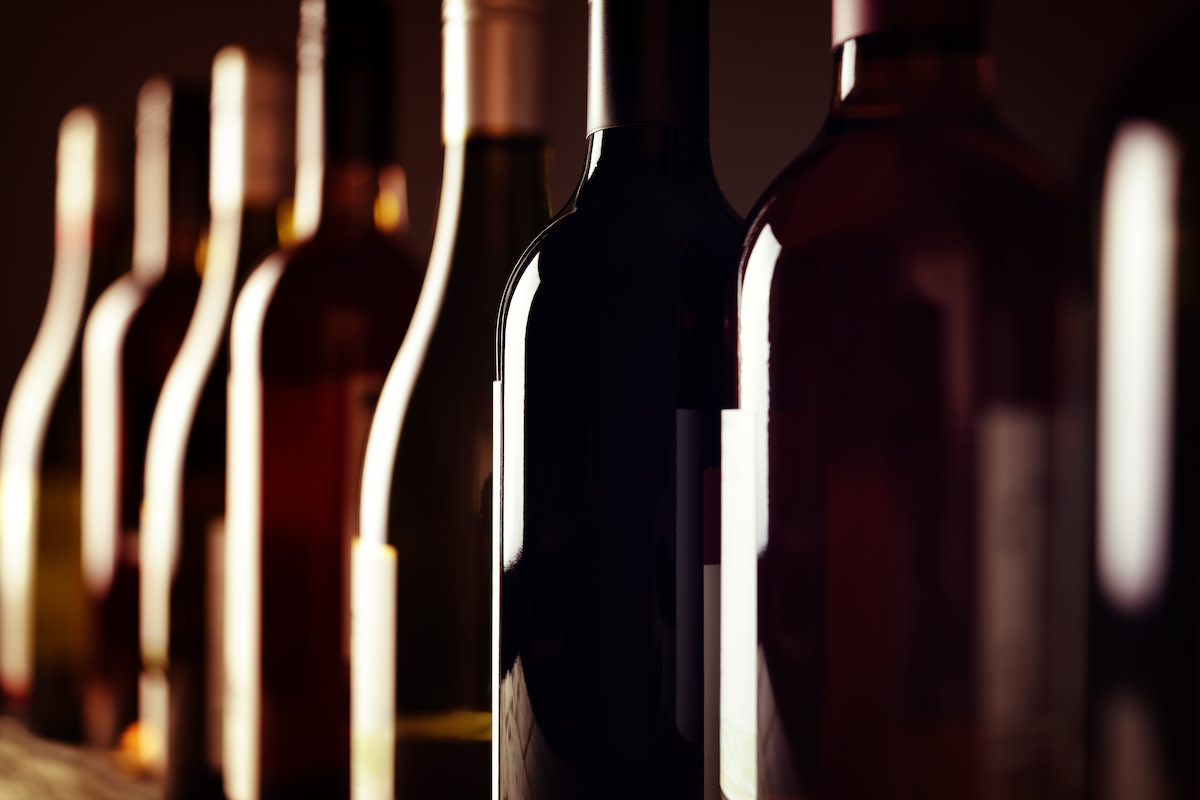Portuguese Wine Guide: 8 Wine Regions of Portugal
Written by MasterClass
Last updated: Jun 7, 2021 • 3 min read
There's more to the wines of Portugal than fortified port wine. Learn all about the grape varieties and wines of this coastal European region.
Learn From the Best
A Brief History of Winemaking in Portugal
Vines were likely brought to Portugal by the Phoenicians. Ancient Greeks and Romans produced red wines along the Douro River, now home to Porto, the country's second-biggest city (after Lisbon). Portugal has exported wine to England since the twelfth century.
The region wasn't known for port, its most famous export, until the eighteenth century; at that time, Portuguese exporters regularly added brandy to wine to stabilize it during overseas shipping to England, which increased when war broke out between England and France in the seventeenth century. Over the years, the Portuguese developed a unique fortified wine that became popular both abroad and domestically.
Port dominated Portugal's exports until the 1980s when quintas (single estates) began to break with larger winemaker cooperatives to produce more individual bottles.
How Are Wines Classified in Portugal?
Classification of Portuguese wine began in 1756, when the Marquis of Pombal delimited the Douro valley region as the only true producer of port. Portugal is currently home to some 55 wine regions, about 39 of which are classified as Denominação de Origen Contolada (DOC).
Most Portuguese wines are blends of the almost 200 indigenous grape varieties. These blended wines are labeled by region and usually follow region-specific regulations. Varietal wines must contain at least 85 percent of a single grape in order to have that grape's name on the label.
8 Wine Regions of Portugal
There are over 50 Portuguese wine regions, but only a handful are widely known. From north to south, they are:
- 1. Minho: Minho makes up the northwest corner of Portugal and is home of vinho verde (literally "green wine"), Portugal's famous white wine. The low-alcohol, slightly sparkling wine is typically drunk young and made from a blend of any of 25 approved white grape varieties, including Alvarinho, Trajadura, Loureiro, and Pedernã (Arinto). "Red" vinho verde exists, too, but is not usually exported.
- 2. Douro: The Douro Valley is Portugal's oldest wine region and the home of port wine, a sweet, fortified wine made from a blend of red grapes such as Tinta Barroca, Tinta Roriz (Tempranillo), Tinto Cão, Touriga Franca, and Touriga Nacional. Douro also produces table wines made from the same red grapes as those used for port. These dry wines are known for raspberry and stone fruit flavors.
- 3. Bairrada: Bairrada, which comes from the Portuguese word for “clay” (a nod to its predominant soil type) is known for its red wine dominated by the Baga grape, which must make up at least 50 percent of any Bairrada red. This region also produces most of the country's blended sparkling wine, made from white grape varieties such as Bical and Malvasia Fina.
- 4. Dão: Located just south of the Douro, Dão's production is about 80 percent red wine, made from blended grapes including Touriga Nacional, Tinta Roriz, Alfrocheiro Preto, Jaén, and Bastardo. It's also home to the white grape Encruzado, which is used to make a varietal wine with aging potential.
- 5. Setúbal: Setúbal, 20 miles from the capital city of Lisboa (Lisbon), produces an aromatic, fortified dessert wine made primarily from Moscatel de Setúbal and Moscatel Roxo grapes left on the skins for up to six months in the manner of orange and rosé wines.
- 6. Alentejo: The Alentejo region in the country's largest. Located in the southeast, Alentejo shares a border with Spain and is known for its plummy red wines made from native grapes such as Alva (Roupeiro), Alicante Bouschet, Periquita (Castelão), Aragonez (Tempranillo), and Trincadeira Preta, traditionally fermented in amphorae. Some French grapes find their way into Alentejo wine blends, including Cabernet Sauvignon and Syrah.
- 7. Algarve: Located along the Atlantic coast, Algarve is a popular area for wine tourism. It's home to four DOPs, or subregions: Lagos, Portimão, Lagoa, and Tavira.
- 8. Madeira: The island of Madeira is a Portuguese colony in North Africa and home to a fortified white wine of the same name that can be dry or sweet. Madeira is also home to Verdelho, a white grape used to make varietal wines.
Learn More
Want to learn more about the culinary arts? The MasterClass Annual Membership provides exclusive video lessons from master chefs and wine critics, including James Suckling, Lynnette Marrero, Ryan Chetiyawardana, Gabriela Cámara, Gordon Ramsay, Massimo Bottura, and more.
